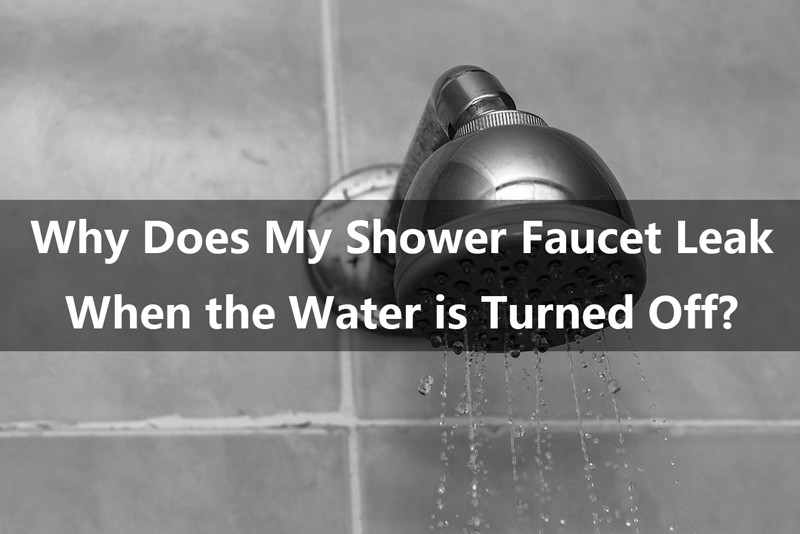
A dripping shower faucet is more than just an annoyance; it’s a persistent reminder of wasted water and potential plumbing issues. One of the most frustrating scenarios is when the faucet continues to leak even when the water is turned off. But why does my shower faucet leak when the water is turned off? In this guide, we’ll delve into the various reasons behind this common plumbing dilemma and explore potential solutions.
Understanding the Basics
Before we dive into the specifics, let’s establish a fundamental understanding of how a typical shower faucet operates. A shower faucet comprises several components, including valves, seals, washers, and cartridges, all working together to control the flow and temperature of water. When the faucet is turned on, water flows through the pipes and out of the showerhead. When it’s turned off, the flow of water should cease entirely, preventing any leaks or drips.
Why Does My Shower Faucet Leak When the Water is Turned Off
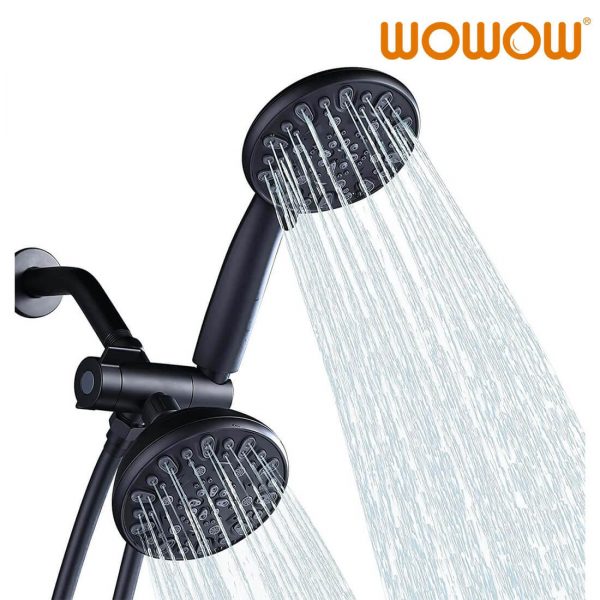
- Worn-out or Damaged Seals: Over time, the seals inside the faucet can degrade due to regular usage, mineral buildup, or general wear and tear. When these seals deteriorate, they may fail to create a watertight seal, resulting in leaks even when the faucet is in the off position.
- Faulty Cartridge or Valve: The cartridge or valve controls the flow of water within the faucet. If it becomes damaged or worn-out, it may not fully close when the faucet is turned off, allowing water to escape and cause leaks.
- Mineral Buildup: Mineral deposits, such as calcium and lime, can accumulate within the faucet over time, particularly in areas with hard water. These deposits can interfere with the proper functioning of the internal components, leading to leaks even when the faucet is not in use.
- High Water Pressure: Excessive water pressure can put strain on the faucet’s components, causing them to wear out more quickly and leading to leaks. Additionally, high water pressure can prevent the faucet from fully closing, resulting in continuous dripping.
- Improper Installation: If the faucet was not installed correctly or if the components were not assembled properly, it may result in leaks regardless of whether the faucet is on or off.
Solutions to Fix a Leaking Shower Faucet:
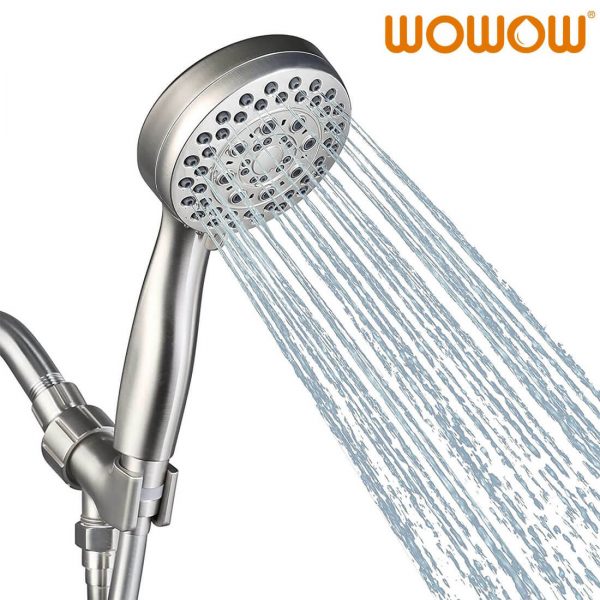
- Replace Seals and Washers: If the leaks are caused by worn-out seals or washers, replacing these components can restore the faucet’s ability to form a tight seal when turned off.
- Repair or Replace Cartridge/Valve: If the issue lies with the cartridge or valve, it may be necessary to repair or replace these components. This typically requires disassembling the faucet to access the faulty part.
- Clean Mineral Deposits: Removing mineral buildup from the faucet can improve its functionality and prevent leaks. Vinegar or commercial descaling solutions can be used to dissolve stubborn deposits.
- Install a Pressure Regulator: If high water pressure is contributing to the problem, installing a pressure regulator can help stabilize the water pressure and prevent damage to the faucet’s components.
- Seek Professional Assistance: In some cases, resolving a leaking shower faucet may require the expertise of a professional plumber. They can accurately diagnose the issue and recommend the appropriate course of action.
Preventative Measures: Once the leaking shower faucet is repaired, it’s essential to take preventive measures to avoid future issues:
- Regularly clean the faucet to prevent mineral buildup.
- Monitor water pressure and install a pressure regulator if necessary.
- Address any plumbing issues promptly to prevent further damage to the faucet.
Conclusion
A leaking shower faucet can be a frustrating problem, especially when it continues to drip even when the water is turned off. By understanding the underlying causes and implementing the appropriate solutions, you can effectively repair the faucet and prevent future leaks. Whether it’s replacing worn-out seals, cleaning mineral deposits, or adjusting water pressure, taking proactive measures can help maintain a properly functioning shower faucet for years to come.
 WOWOW Faucets
WOWOW Faucets
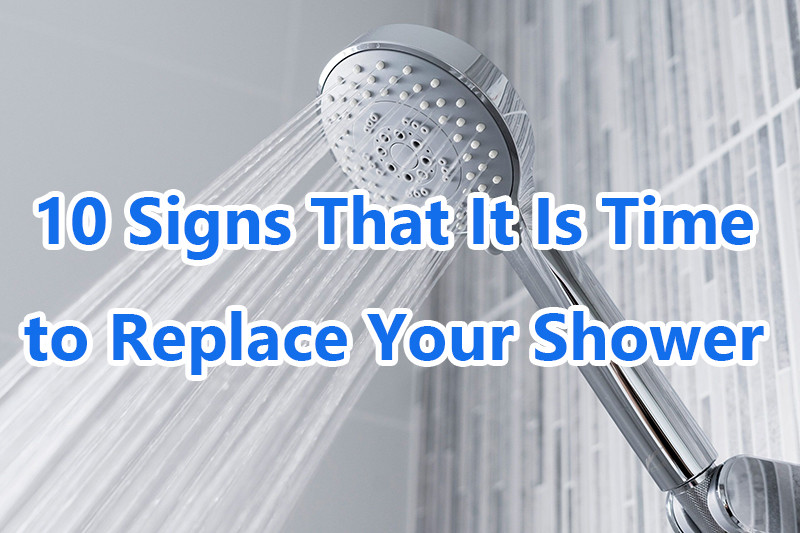



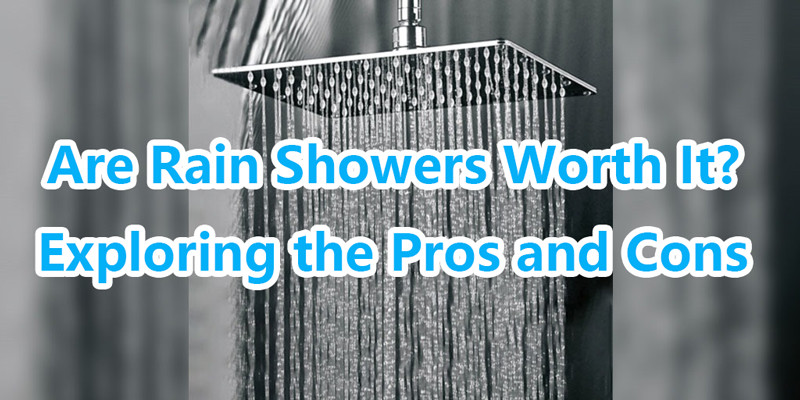
您好!Please sign in